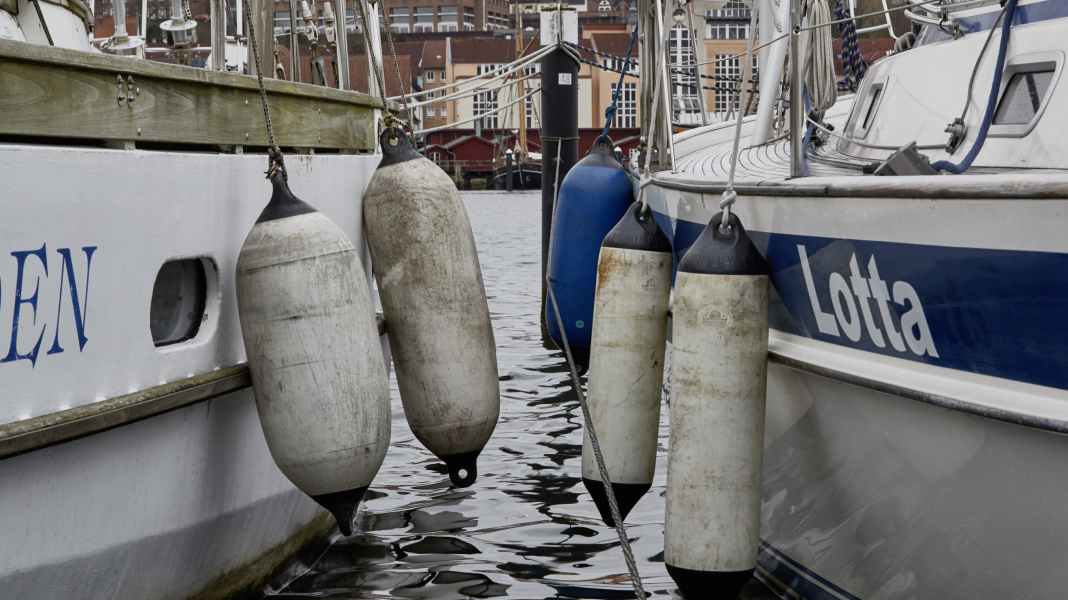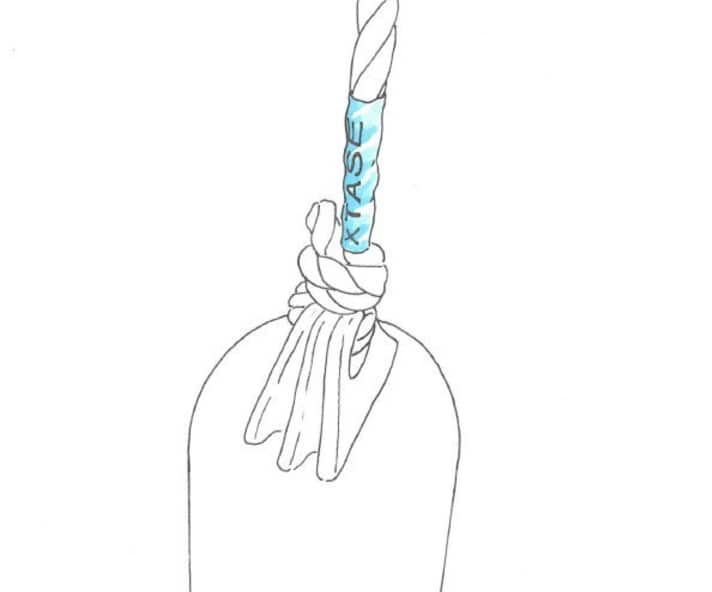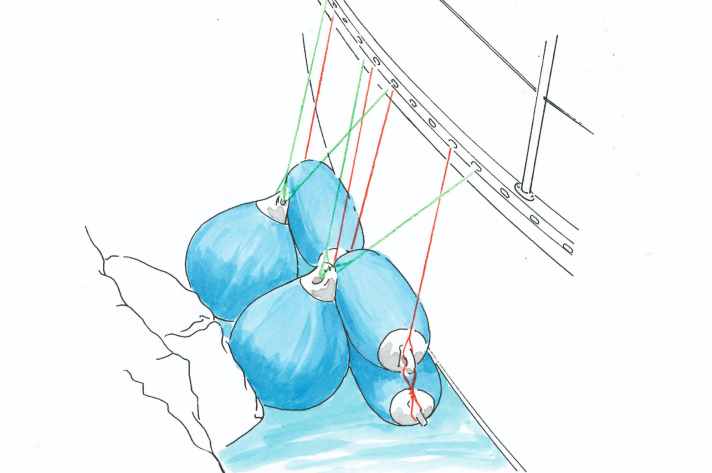
Fender Lifehack 1: Permanently labelling ropes and cables

Sometimes it is necessary to label a line with the name of the boat or something similar. For example, I have labelled my fenders and mooring lines with the boat name to prevent them from getting mixed up during winter storage. Unfortunately, the tape from the usual labelling printers is hardly suitable for this, as the adhesive quickly comes off flexible surfaces and the labelling is lost. To make the labelling permanent, we use transparent shrink tubing. The labelling tape is placed close to the knot or on the area thickened by the splice. We then slide a piece of shrink tubing over it that matches the thickness of the line and heat it with a hairdryer. This causes the material to contract and fixes the labelling permanently. The system is also very suitable for making the on-board electrical system clearer and for labelling subsequently laid cables - which greatly simplifies troubleshooting or further installations.
Marco Gettel, Markranstädt
Fender Lifehack 2: Buffer for the rocks

Alongside the skerry - for many a symbol of a sailing holiday in Sweden or Norway. The problem is that the skerry rarely slopes vertically under water. The draught therefore prevents the yacht from lying directly on the rocks. To increase the distance to the side, fenders are suitable: two ball fenders are placed on a foundation of four long fenders lashed together The ball fenders must be secured crosswise with two lines each to prevent them from slipping. This makes it easy to increase the distance to the rock by around one metre.
Manfred Schmidt, Stampe
Fender Lifehack 3: Well wound

Our old foresheet was already very worn and stiff, so it no longer felt good in the hand. But instead of throwing it away, we kept it in the forecastle as a replacement - and it actually proved to be a useful aid in the harbour. Carefully shot up and secured with a few more windings, the bundle of lines protected our spring from being caught on the rubbing strake. Although the self-wound fender cannot absorb a shock quite as well as its air-filled equivalent, it helps very well against chafe marks or damage to the mooring lines caused by pubic fenders when all the other fenders are already in use.
Peter Dracke, Tarp
Fender Lifehack 4: Scuff protection also for mooring lines

In many Scandinavian harbours or on the archipelago, only steel rings or flat bollards are available for mooring, which are not far from the concrete floor of the quay wall or the natural rock. As a result, the mooring lines rub against the rough bottom and often also against the edge of the quay and are damaged very quickly, especially when there is swell. A small fender, attached to a bollard or ring under the mooring line, also serves as an abrasion protector for the ropes and as a shock absorber.
Artur Weinekötter, Oelde
Do you have any advice for other sailors?
We will honour the publication of your lifehack with 50 euros. Please add photos or sketches. We also need your address so that we can send you a crossed cheque.
Submissions to: Editorial office YACHT, Quartier O, Paul-Dessau-Straße 8, 22761 Hamburg; or: mail@yacht.de
